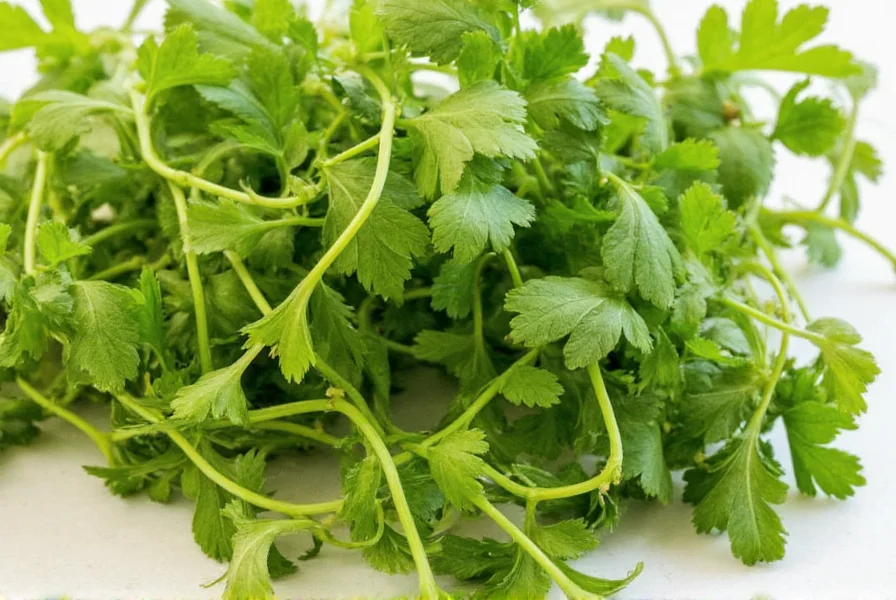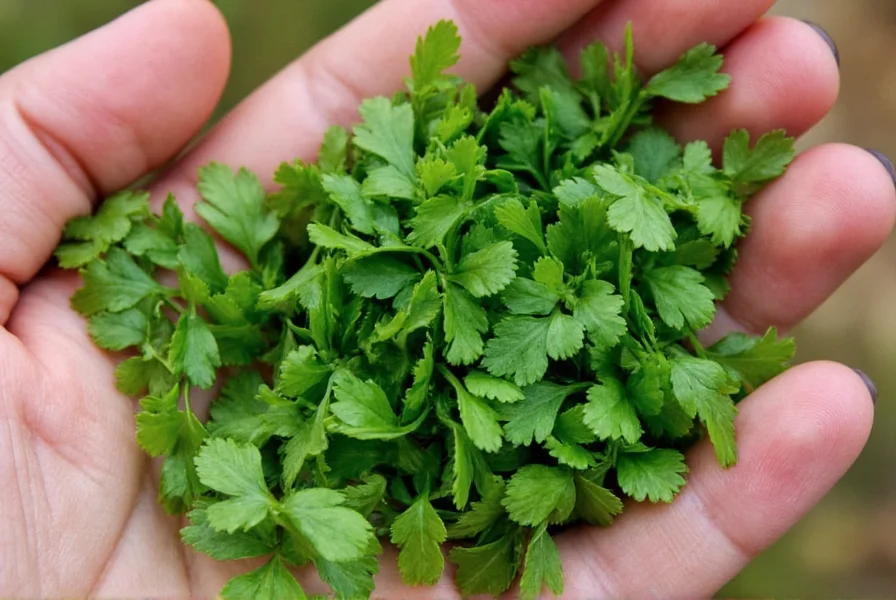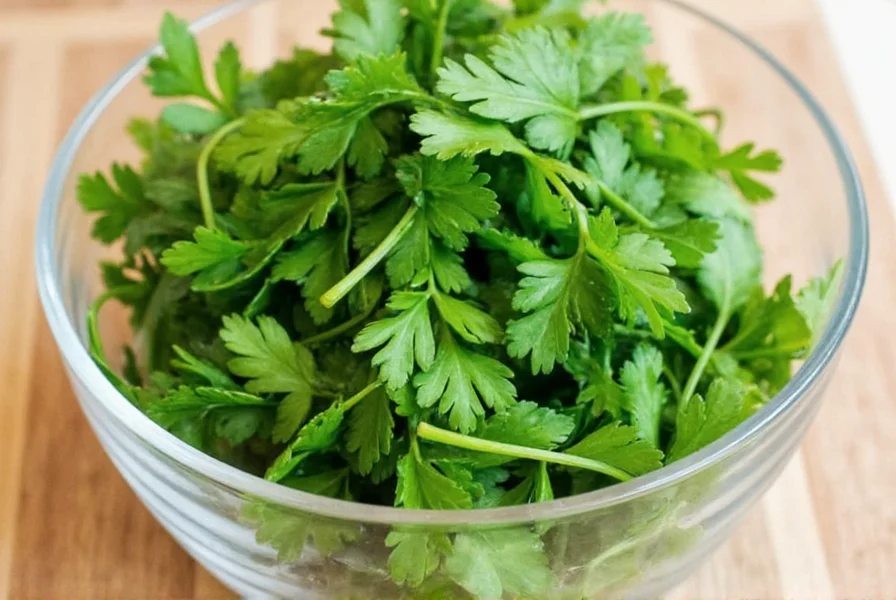Many home cooks and gardeners encounter confusion when searching for “Spanish coriander,” expecting a unique variety specific to Spain. The reality is far simpler: there is no botanical distinction between “Spanish coriander” and regular coriander. This terminology difference stems entirely from regional language usage rather than horticultural variation.
Understanding the Coriander/Cilantro Naming Confusion
The Coriandrum sativum plant produces both leaves and seeds that are used extensively in global cuisines. The naming convention varies significantly by region:
| Region | Leaves Called | Seeds Called |
|---|---|---|
| United States | Cilantro | Coriander |
| United Kingdom, Canada, India | Coriander | Coriander seeds |
| Spain, Latin America | Cilantro | Coriandro or cilantro en grano |
When Spanish speakers refer to “coriander,” they're typically talking about the seeds (coriandro), while the fresh leaves are always called cilantro. This linguistic distinction explains why some mistakenly believe “Spanish coriander” refers to a special variety.

Botanical Facts About Coriandrum sativum
The coriander plant belongs to the Apiaceae family, which includes parsley, carrots, and celery. It's an annual herb that grows 12-24 inches tall with lacy, compound leaves and small white or pink flowers that develop into spherical seeds.
Key botanical characteristics:
- Scientific name: Coriandrum sativum
- Native to Southern Europe and North Africa
- Thrives in cool weather (bolts quickly in heat)
- Both leaves and seeds contain different essential oils, explaining their distinct flavors
Culinary Uses in Spanish and Latin American Cuisine
While Spain doesn't traditionally use cilantro as extensively as Latin American cuisines, it appears in certain regional dishes:
- Spain: Used in some coastal regions for fish dishes and gazpacho variations
- Mexico: Essential in salsas, guacamole, and as a garnish for numerous dishes
- Caribbean: Key ingredient in sofrito and various stews
- South America: Features prominently in ceviche and chimichurri variations
The fresh leaves (cilantro) provide a bright, citrusy flavor that complements spicy dishes, while the dried seeds (coriander) offer a warm, slightly citrusy, nutty flavor used in spice blends like curry powder and adobo.
Common Misconceptions About Spanish Coriander
Several myths persist about “Spanish coriander” that deserve clarification:
- Myth: Spanish coriander is a different plant variety than regular coriander
- Fact: It's the exact same Coriandrum sativum plant—only the terminology differs
- Myth: Spanish coriander has a stronger flavor than regular coriander
- Fact: Flavor intensity depends on growing conditions and freshness, not regional naming
- Myth: You can only find “Spanish coriander” in specialty stores
- Fact: What's labeled as cilantro in US grocery stores is exactly what Spaniards call cilantro

Growing Coriander for Authentic Spanish-Style Cooking
If you want to grow your own cilantro for Spanish-inspired dishes, consider these tips:
- Plant seeds directly in well-draining soil (coriander doesn't transplant well)
- Sow seeds every 2-3 weeks for continuous harvest (it has a short growing season)
- Provide partial shade in hot climates to prevent premature bolting
- Harvest leaves when plants are 6-8 inches tall, cutting outer leaves first
- Allow some plants to flower and set seed if you want to harvest coriander seeds
For authentic Spanish culinary applications, harvest the youngest, most tender leaves which have the most delicate flavor suitable for garnishing seafood dishes and soups.
Substitutes When Cilantro Isn't Available
If you're following a Spanish recipe calling for cilantro (sometimes mistakenly listed as “Spanish coriander”) and can't find it:
- Parsley: Offers similar visual appeal though with a more bitter, grassy flavor
- Recao (culantro): Stronger flavor but works in cooked dishes (not raw applications)
- Combination: Mix parsley with a small amount of fresh dill or mint for complexity
Remember that no substitute perfectly replicates cilantro's unique flavor profile, which contains aldehydes that some people perceive as soapy (a genetic trait affecting approximately 21% of the population).











 浙公网安备
33010002000092号
浙公网安备
33010002000092号 浙B2-20120091-4
浙B2-20120091-4